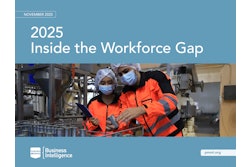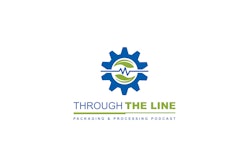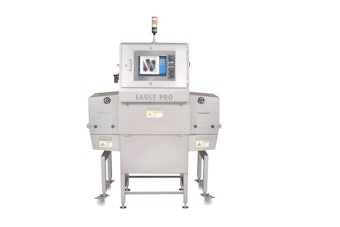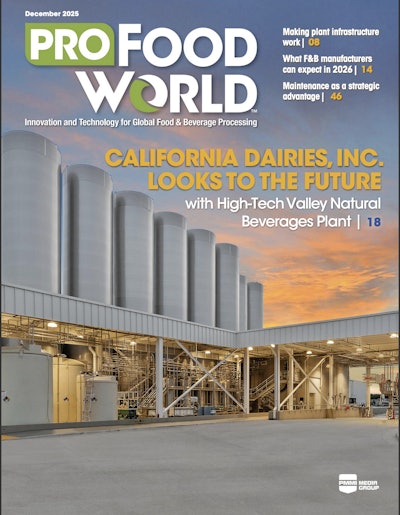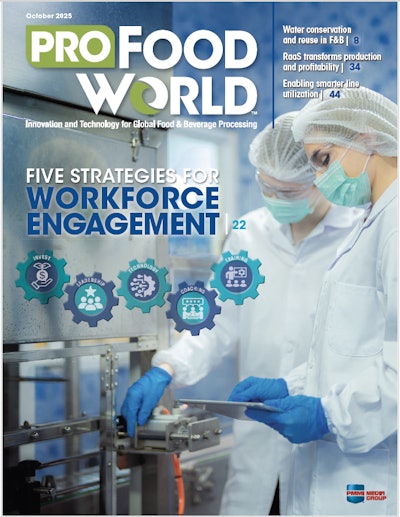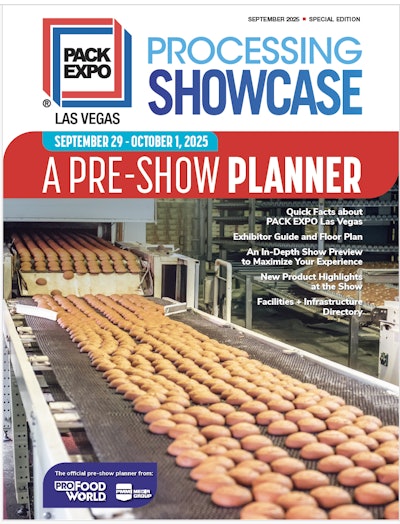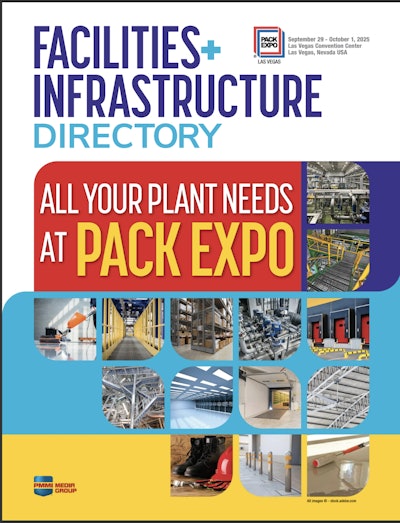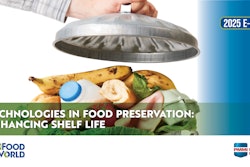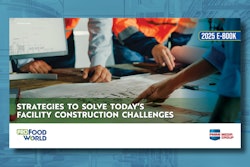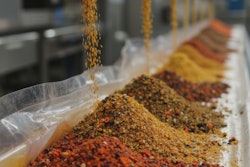As food waste piles up, manufacturers need more ways to save resources and reduce their impact on the environment.
The FDA estimates that 30-40% of the food supply is wasted, which at 31%, corresponded to roughly $161 billion worth of food in 2010 based off the USDA’s Economic Research Service. One way producers can reduce the burden of food waste while reducing environmental harm and protecting workers, partners, and consumers is through the implementation of Environmental, Social, Governance (ESG) initiatives, according to the 2024 CRB Horizons: Digital Age of Food Manufacturing report.
So, what exactly is ESG? Shivaram Rajgopal, Professor of Accounting and Auditing at Columbia University whose research spans climate, corporate governance, and corporate finances, breaks it down.
“To unpack the acronym, [ESG] is environmental concerns, social concerns, and government concerns with how a firm is run. So you can think of ESG as perhaps a risk management process where people look at risks beyond the usual conventional financial ones that are often discussed,” Rajgopal said in a 2023 Columbia Business School interview.
The “ESG implementation” section of the CRB Horizons report draws upon a 2024 global survey of more than 300 food and beverage manufacturers. The report finds that 83% of respondents have an ESG policy in place and more than 50% have grounded their ESG policies in concrete Key Performance Indicators (KPIs). However, barriers for implementing ESG initiatives remain.
“The biggest barriers to achieving ESG initiatives are cost and regional infrastructure for [packaging, product, and process-related] waste streams,” Heather Walters, Director of Sustainable Design & Delivery for CRB tells ProFood World. “Even where there are recycling or composting facilities regionally, the cost of material segregation, handling and transportation can be prohibitive. Landfills are typically cheap.”
Walters says cost and infrastructure for waste stream barriers apply to both manufacturing facilities and consumer homes. For example, well-designed compostable or recyclable packaging is only as effective as the infrastructure in one’s neighborhood. If, for instance, curbside, single-sort recycling is not available, Walters says that even the best packaging is likely to be thrown away.
Yet, the ESG implementation report informs that consultants can help companies tackle challenges that hinder initiatives and can help form policies to accomplish goals like reducing food waste. Walter adds to that insight, explaining that consultants bring a broader lens to manufacturers. Specifically, she says those with cross-sector experience can help companies implement transferable strategies to help minimize tunnel vision and accelerate of best practices.
A successful ESG-driven waste reduction example and measuring ROI
So, how can food manufacturers get real-world waste reduction results stemming from ESG policies? By seeking solutions to operations that decrease greenhouse gas emissions, for example.
The ESG implementation report notes that manufacturers are adopting a variety of strategies to address Scope 3 emissions, or indirect greenhouse gas emissions. Addressing faulty refrigeration practices that lead to increased waste is one way a company used an ESG-driven strategy to tackle food waste, according to Renee Benson, Packaging Engineer for CRB.
“Sometimes waste reduction is outside the facility. When working with a major beverage manufacturer, we installed temperature monitors to measure the temperature during transport,” Benson says. “We found that one of the truckers was shutting off the refrigeration overnight, potentially shortening the shelf life of the product. Addressing this small fix helped us reduce waste risk and improve product quality without making an investment.”
It’s not just addressing a specific problem that contributes to waste and emissions reductions, but maintenance and training as well, Benson adds.
“We’ve seen huge improvements in waste reduction simply by tightening up maintenance schedules and making sure operators knew how to respond to issues quickly. It’s about preventing waste before it happens. And when your team is trained well, they take ownership—that’s when you really start seeing results,” says Benson.
When it comes to Return on Investment (ROI) with ESG-driven policies and actions, Benson says it is essential to factor in the long-term picture and stay relevant as waste reduction becomes more prevalent.
“Some ROI can be realized in months, while others might take years. Once you get through the low-hanging ROI, then you have to look at your longer-term returns,” Benson explains. “Retailers and large companies have their own commitments and are pushing asks down to suppliers more and more. If you don’t meet their waste reduction strategies, at some point, you might stop getting orders and your competitor may get the order.”
Moreover, Benson offers that “community goodwill and marketing impact should be included as part of the ROI, even if it’s difficult to quantify.”
Trends and innovation shaping ESG implementation in waste reduction
The issue of food waste does not seem to be going away anytime soon, and paying attention to trends and innovation shaping ESG implementation in waste reduction could be a smart move.
“When I think of the future of waste I think about the vision William McDonough and Michael Braungart outlined in their book Cradle to Cradle, the concept that ‘waste equals food.’” Walters says. “I think this circularity approach will continue to develop. While there are additional challenges when we are talking about actual food, there are also opportunities. Consultants with a broad view can help clients identify some of these opportunities.”
Finally, technology development looks to play a key role in waste reduction, and its usefulness may help give ESG initiatives more life.
“Automation and AI will play an increasingly important role,” adds Walters. “As so much of the waste we see in food and beverage is due to issues in production, leveraging automation to reduce human error and utilizing AI to improve processes and offer predictive maintenance have the potential to significantly reduce waste.”







